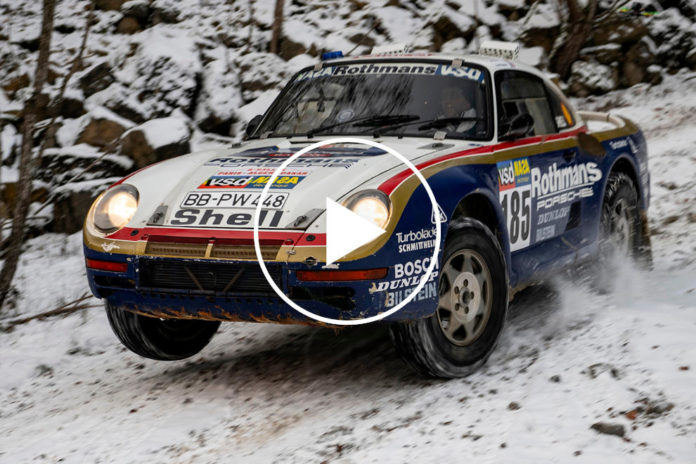Unlike most of the other competitors, who used 4WD systems with a standard 50/50 split, Porsche equipped the 959 with a hydraulically controlled center differential that could split the power variably. With most of the weight on the rear, the car could comfortably run with most of the power going to the rear axle, which allowed for a top speed of 210 kph (131 mph). To put that into perspective, modern Dakar Rally cars top out at 112.5 mph.
“We want to keep the original condition and only lightly overhaul the car while eliminating any technical flaws,” said Kuno Werner, Head of the Museum Workshop. This second-place car had roughly 11,000 miles on the clock, which includes the distance of the Paris-Dakar, plus a little bit on top.
“The car was in very good condition, with no major defects or corrosion. As with any restoration with the specific mission of preserving as much substance as possible, the team looked at each part individually and made partial repairs where this was unavoidable. Many of the original parts had near-series production prototype status,” said Werner.

